Disasters at Sea: 6 Deadliest Shipwrecks
The Dangers of the Sea
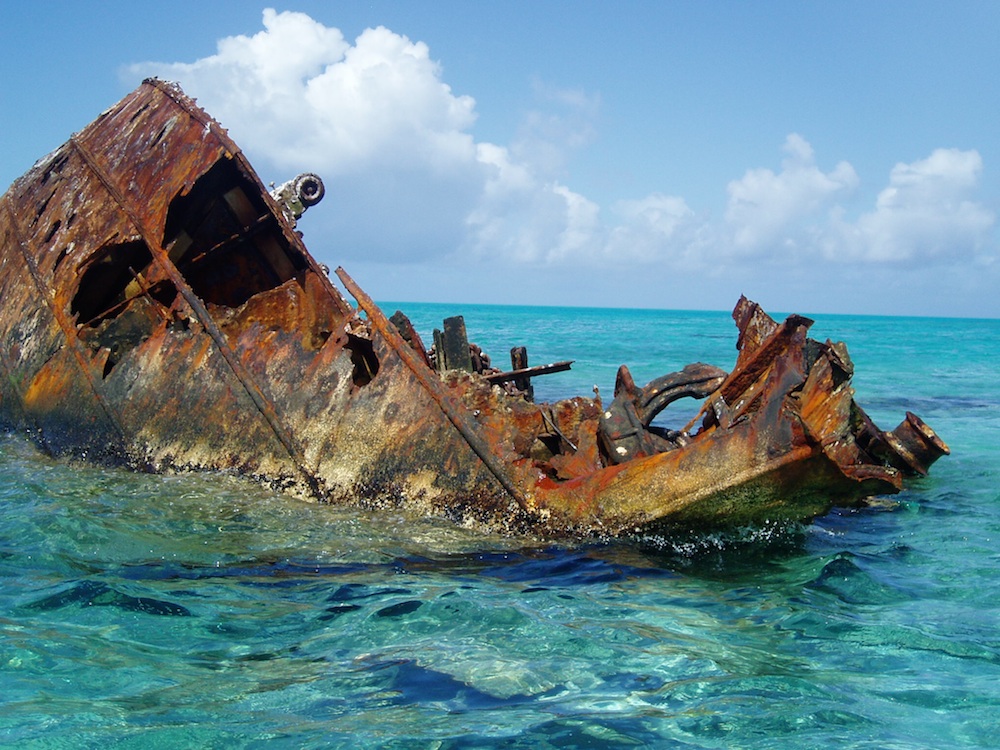
With millions of ships at sea at any given time, accidents are inevitable. And occasionally, an ocean voyage turns terribly tragic. Death tolls can be hard to confirm given stowaways and overloaded ships, and some of the deadliest disasters have occurred on riverboats, not on the open ocean.
Here, however, we focus on disasters on the sea. Read on for a list of the deadliest ocean shipwrecks in history.
The RMS Titanic

Perhaps the most famous shipwreck in history, the loss of the RMS Titanic killed slightly more than 1,500 passengers and crew when it struck an iceberg on the night of April 14, 1912. Although the Titanic carried more lifeboats than legally required at the time, there were far from enough seats to save everyone on board. The situation was only made worse by the fact that many passengers did not believe the doomed ship was in great danger, so a number of lifeboats were lowered only partially full.
The Le Joola
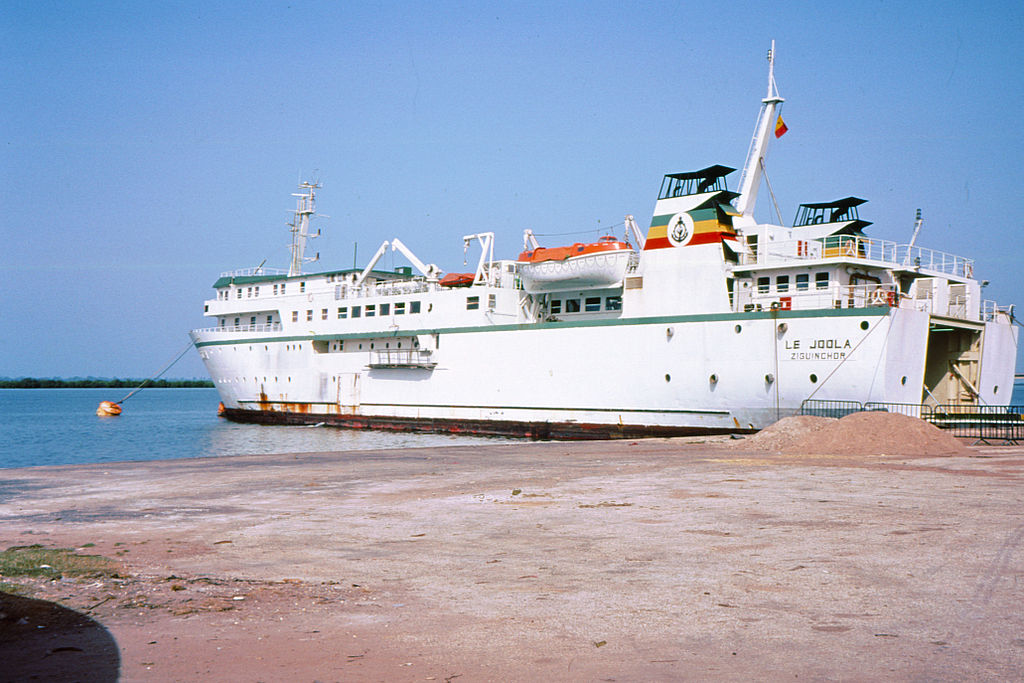
At least 1,863 people died when the Sengegalese ferry the MV Le Joola capsized on Sept. 26, 2002. The wreck happened in rough seas during a storm off the coast of The Gambia. In less than five minutes, the ship went down. Not all passengers had tickets, so an exact death toll is difficult to come by, but there were only 64 survivors pulled from the sea.
The Tek Sing
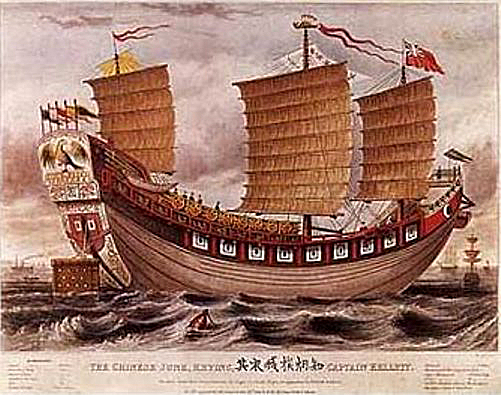
In 1822, the Chinese sailing vessel, or junk, called the Tek Sing ran aground on a reef on the way to Indonesia. The ship was bringing a haul of porcelain to the then-Dutch colony, but also held a crew of 200 and around 1,600 Chinese immigrants bound for the islands. An ill-advised shortcut doomed the ship and most of the passengers; only about 200 people survived until another ship happened by and rescued them the next day. The similar loss of life to the most famous shipwreck in history has led the Tek Sing to be called "the Titanic of the East."
The Halifax Harbor Disaster
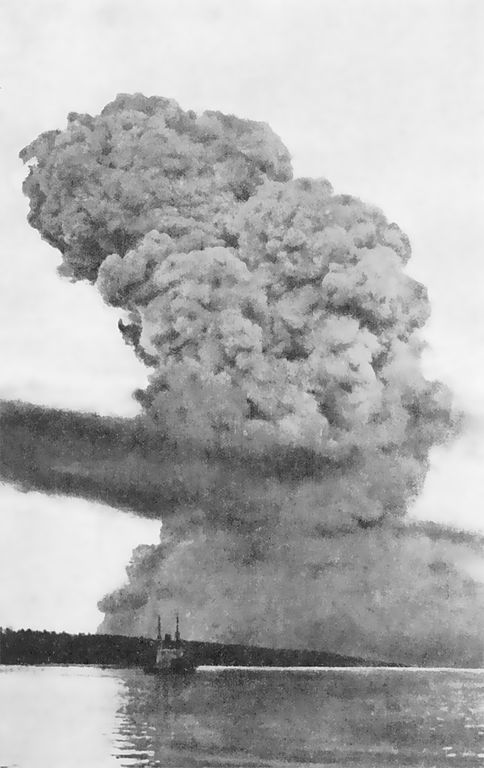
One of the most disastrous maritime accidents in history was felt on land. On Dec. 6, 1917, an ammunition-loaded French cargo ship, the SS Mont-Blanc, collided with the Norwegian steamship the SS Imo. The result was an enormous explosion that killed close to 2,000 people and injured at least 9,000 more. Because the collision happened in the Halifax Harbor close to land, nearly 500 acres (2 square kilometers) of the city of Halifax were destroyed.
The Doña Paz

The Philippine passenger ferry the Doña Paz collided with an oil tanker on Dec. 20, 1987. Within two hours, the ferry was below the waves and as many as 4,375 people were dead. The ferry was only built to hold 1,424 passengers, but the two dozen or so survivors pulled from the shark-infested waters around the wreck site estimated that at least 4,000 were on board, having bought illegal tickets from the operators. While the official death toll was recorded at 1,749, most realistic estimates place it at more than 4,000.
Get the world’s most fascinating discoveries delivered straight to your inbox.
The MV Wilhelm Gustloff
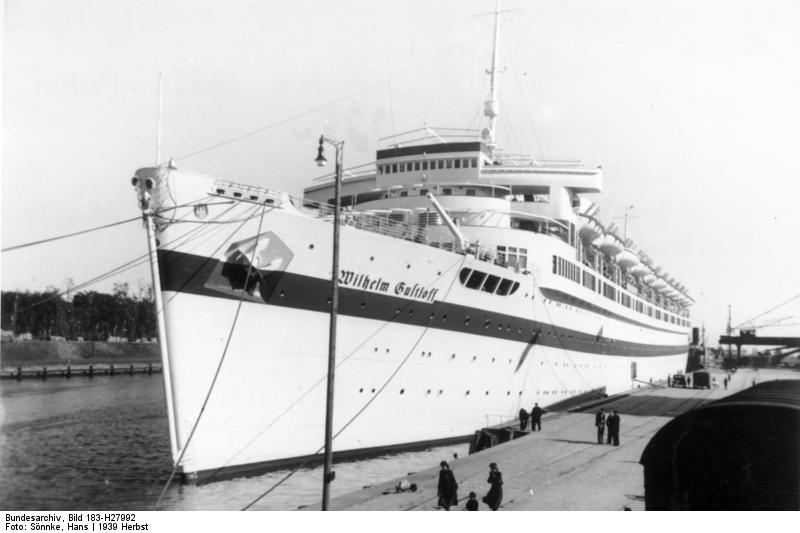
The German hospital ship the MV Wilhelm Gustloff set sail on its final voyage from Gdynia, Poland, to Kiel, Germany, where they were to evacuate German refugees, in the last days of World War II. The official passenger manifest listed 6,050 people on board, but many civilians had boarded without being recorded. In fact, an estimated 10,582 passengers and crew were on the doomed ship.
On Jan. 30, 1945, a Soviet sub spotted the MV Wilhelm Gustloff and fired four torpedoes into the ship. The overcrowded passengers panicked, and many were trampled in the rush for lifeboats. It was a cold night, so contact with the icy Baltic Sea water was fatal within minutes. The best estimates put the number of dead at around 9,400, making the MV Wilhelm Gustloff disaster the deadliest in maritime history.

Stephanie Pappas is a contributing writer for Live Science, covering topics ranging from geoscience to archaeology to the human brain and behavior. She was previously a senior writer for Live Science but is now a freelancer based in Denver, Colorado, and regularly contributes to Scientific American and The Monitor, the monthly magazine of the American Psychological Association. Stephanie received a bachelor's degree in psychology from the University of South Carolina and a graduate certificate in science communication from the University of California, Santa Cruz.


